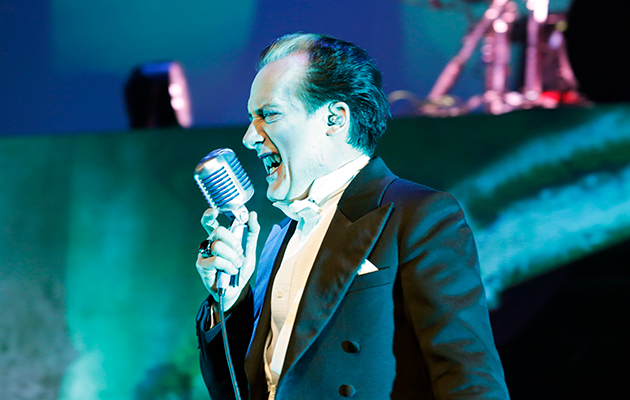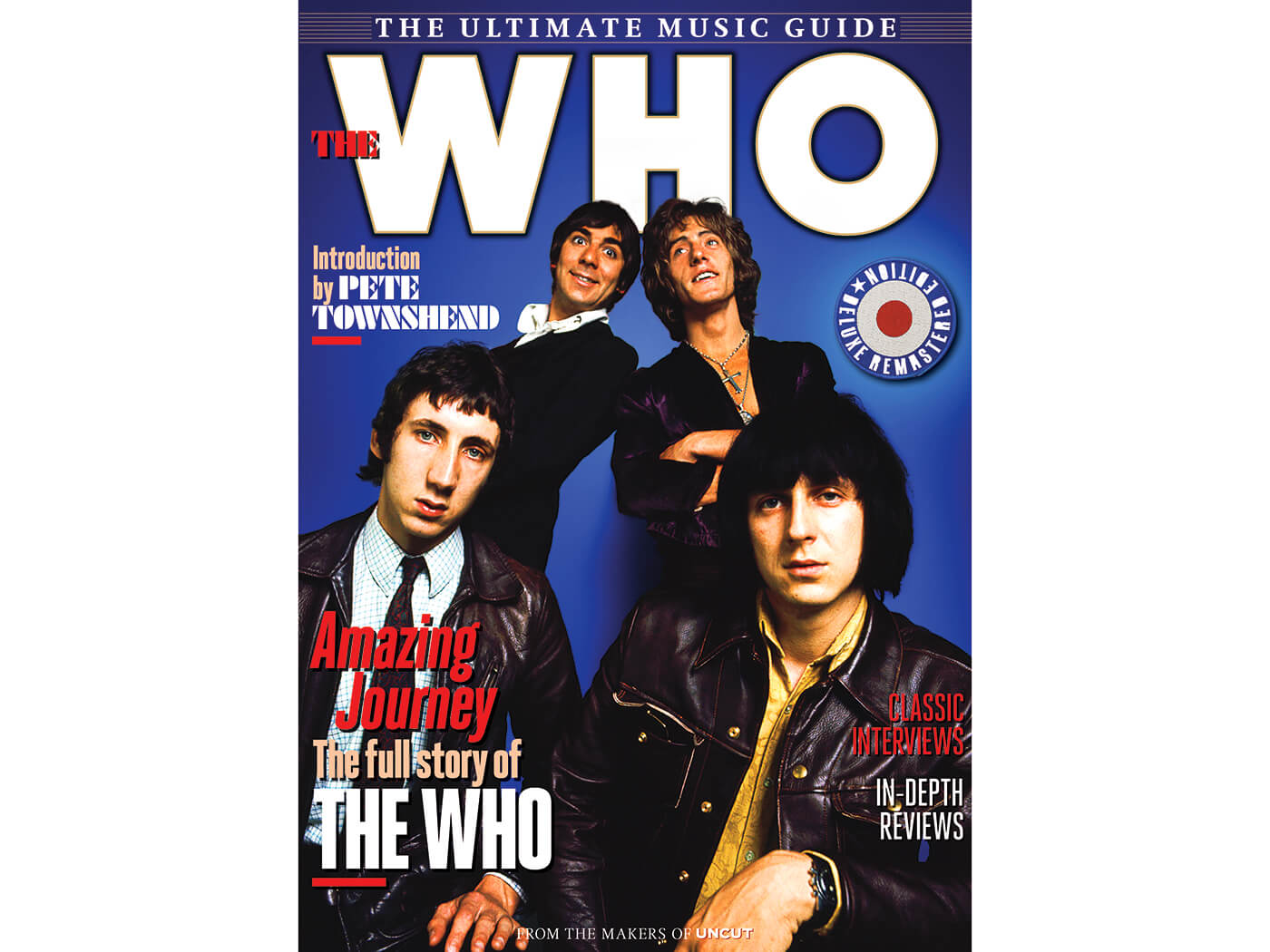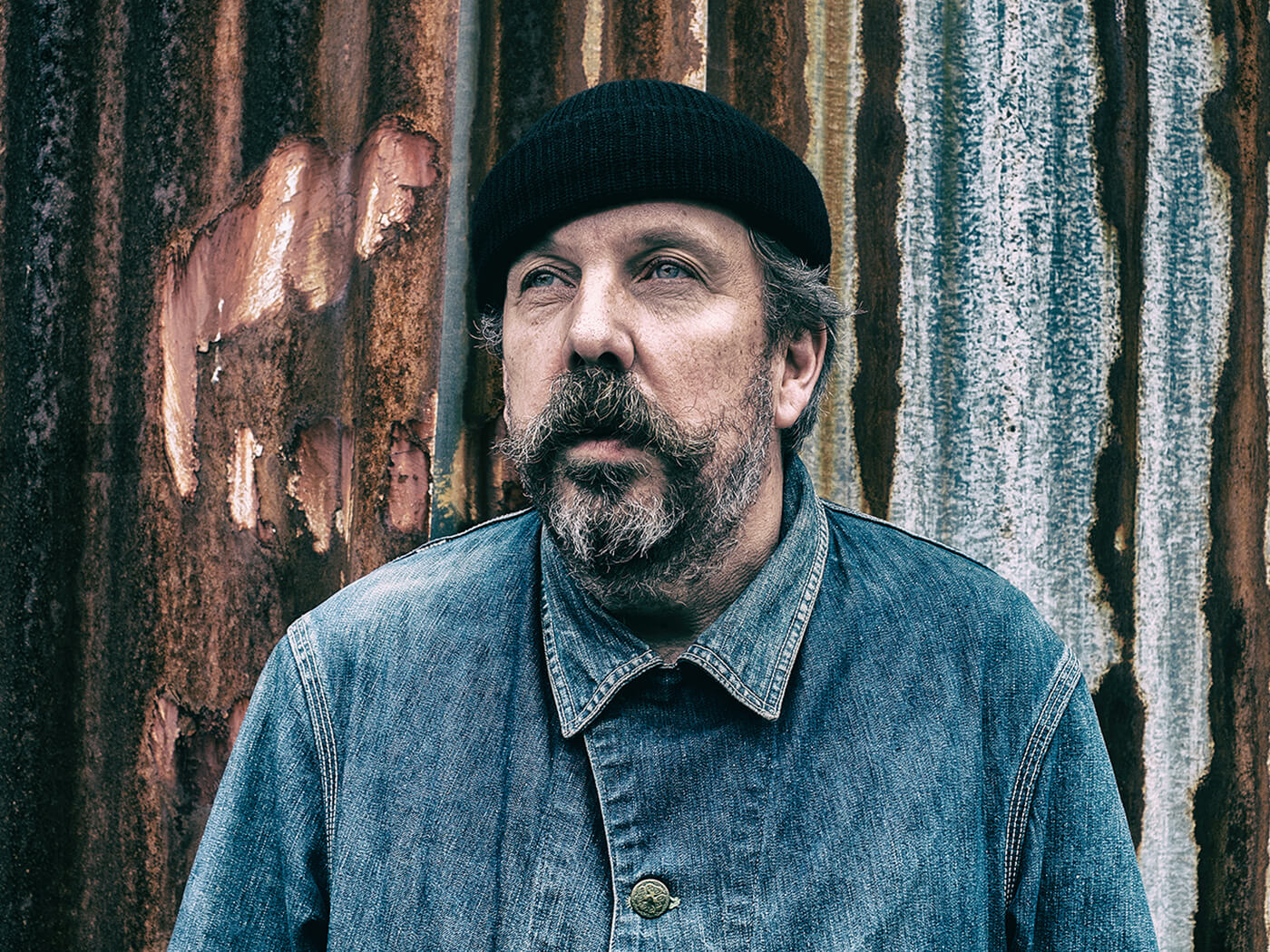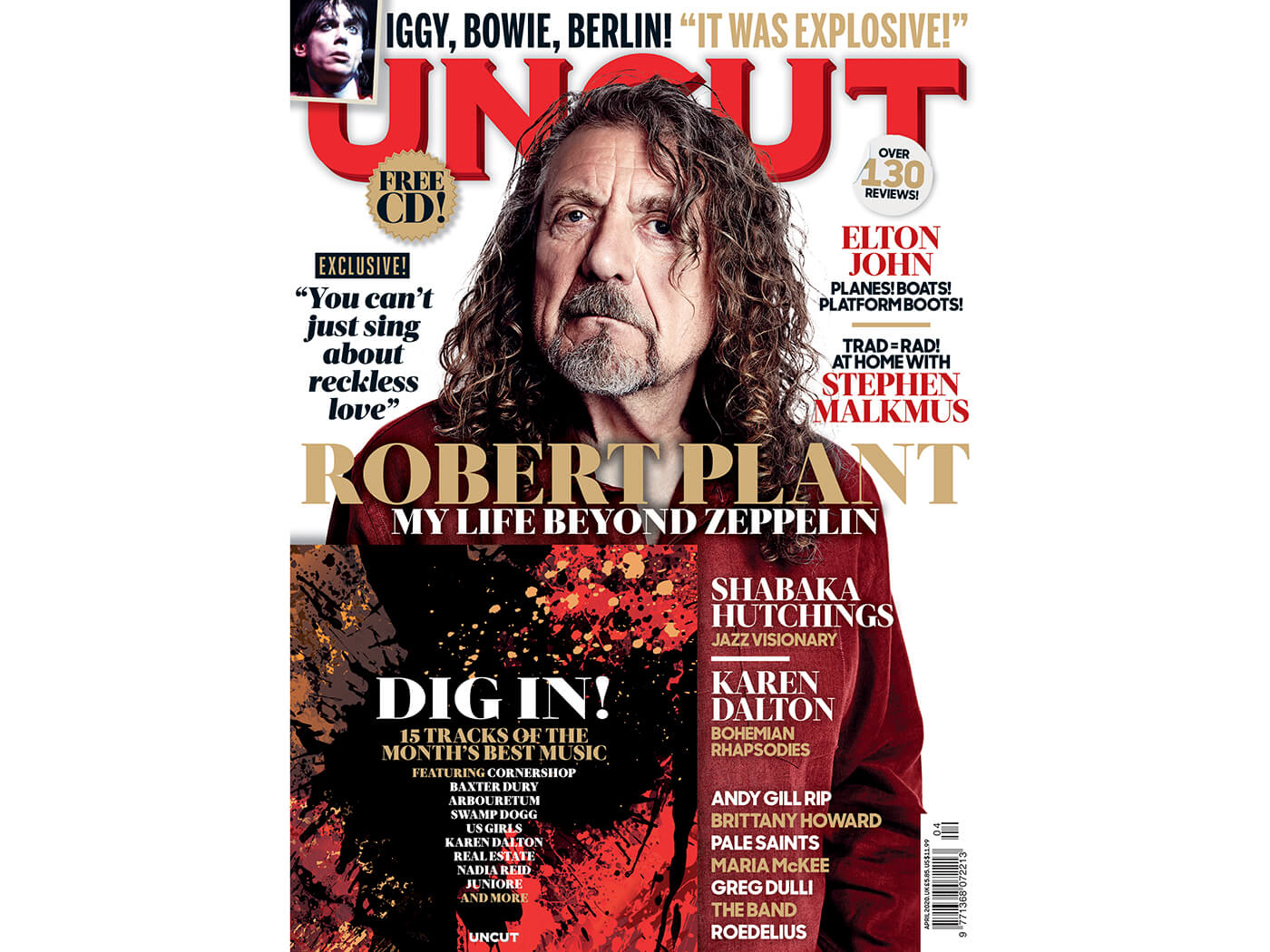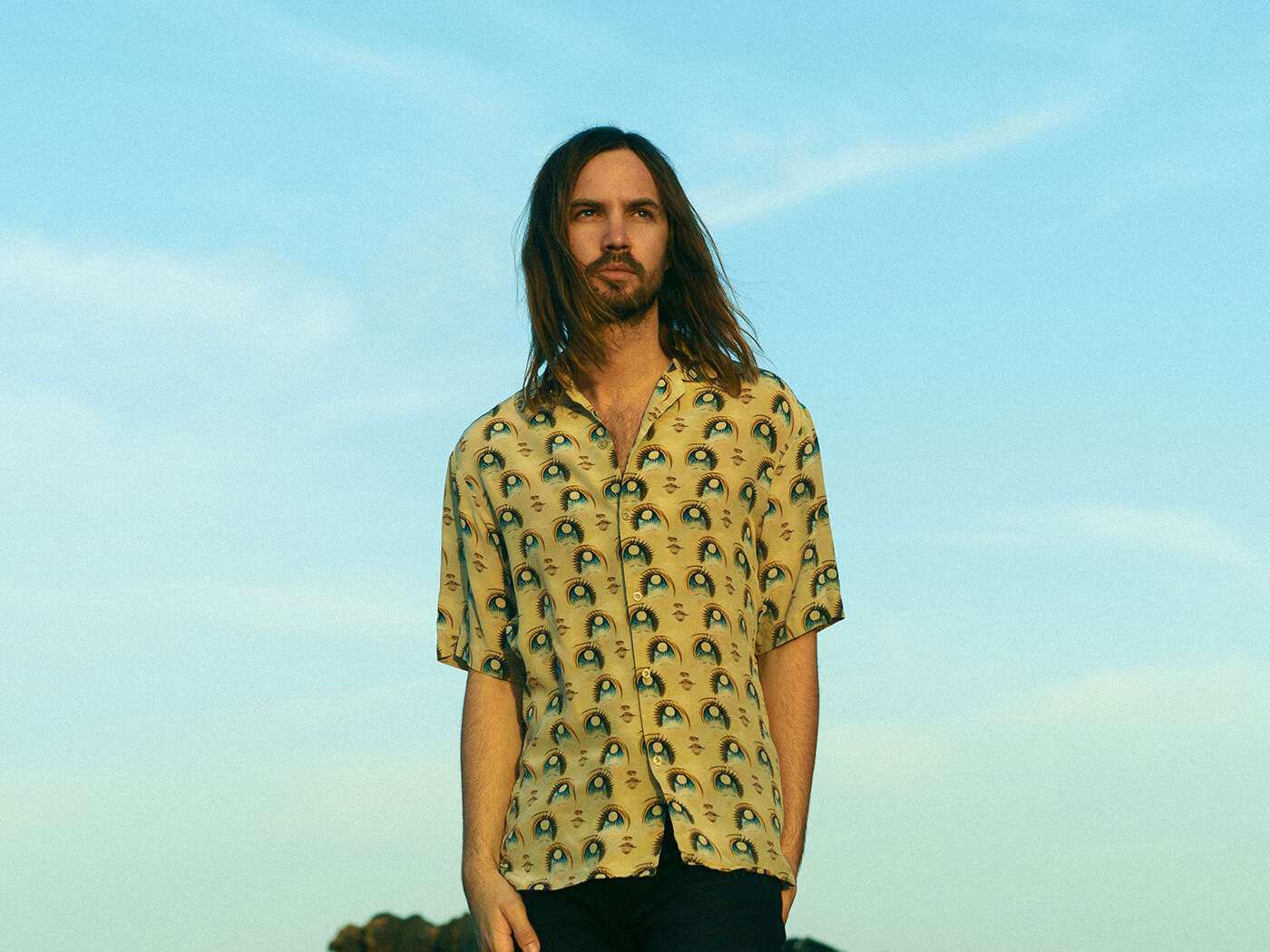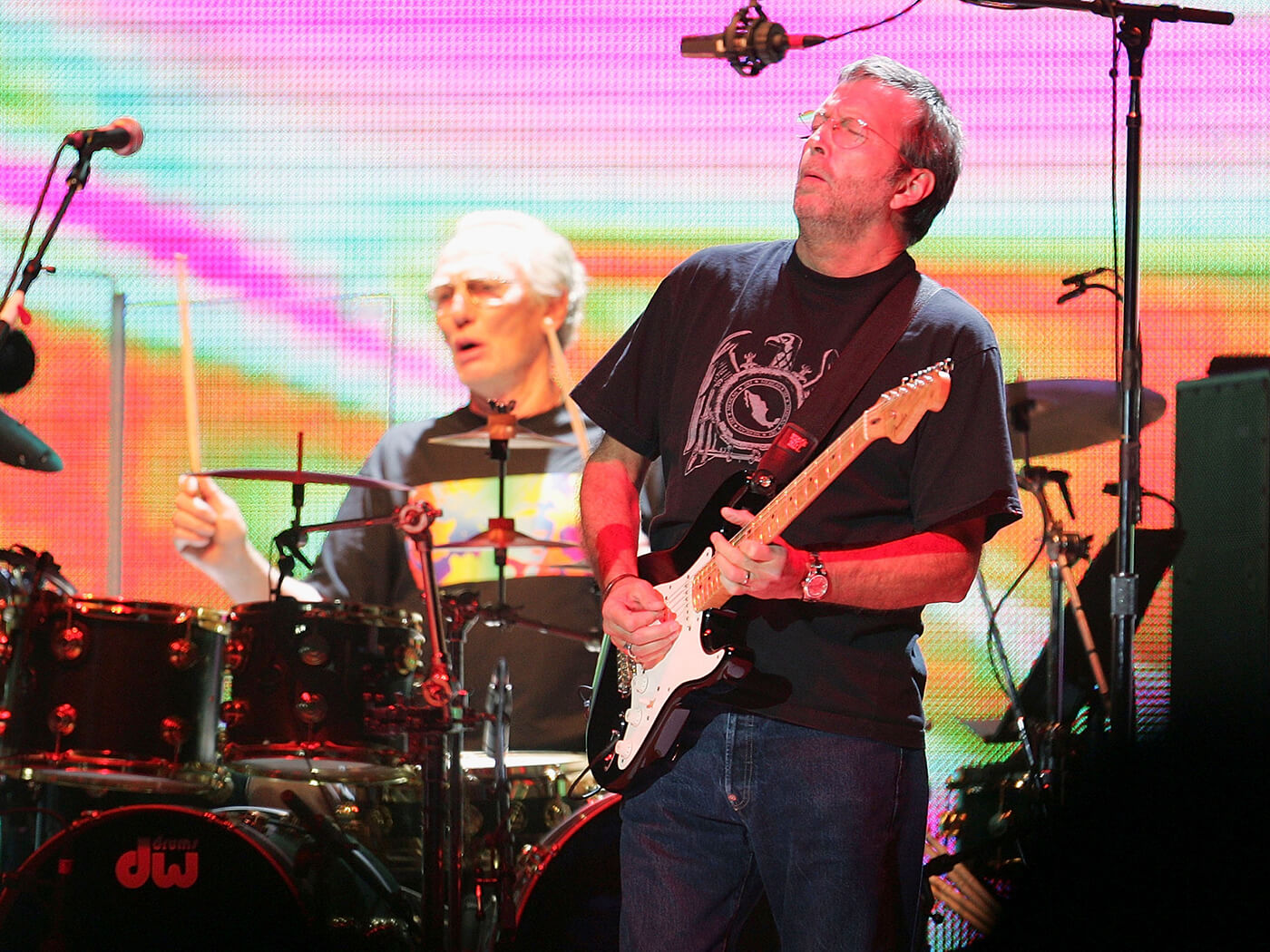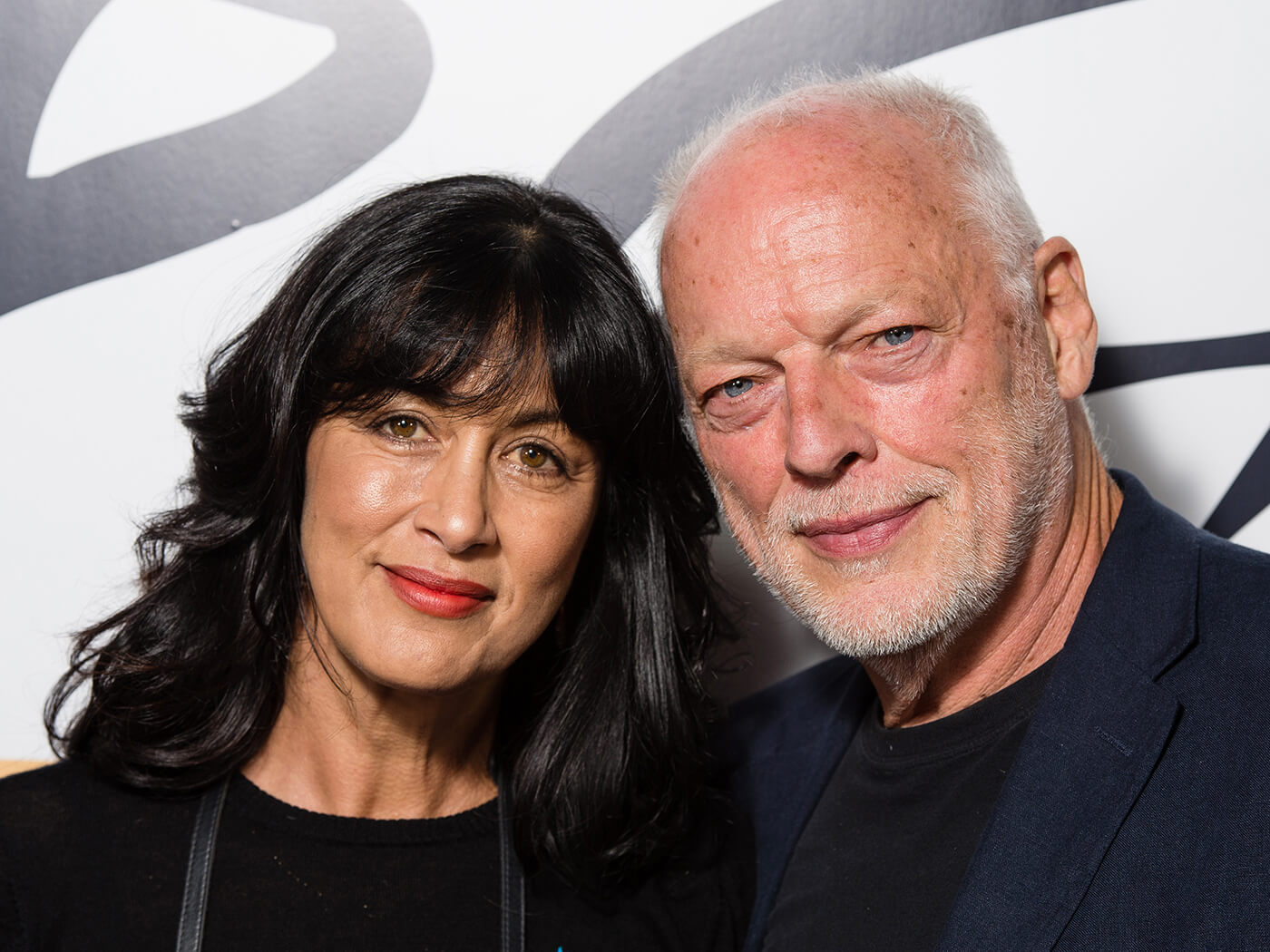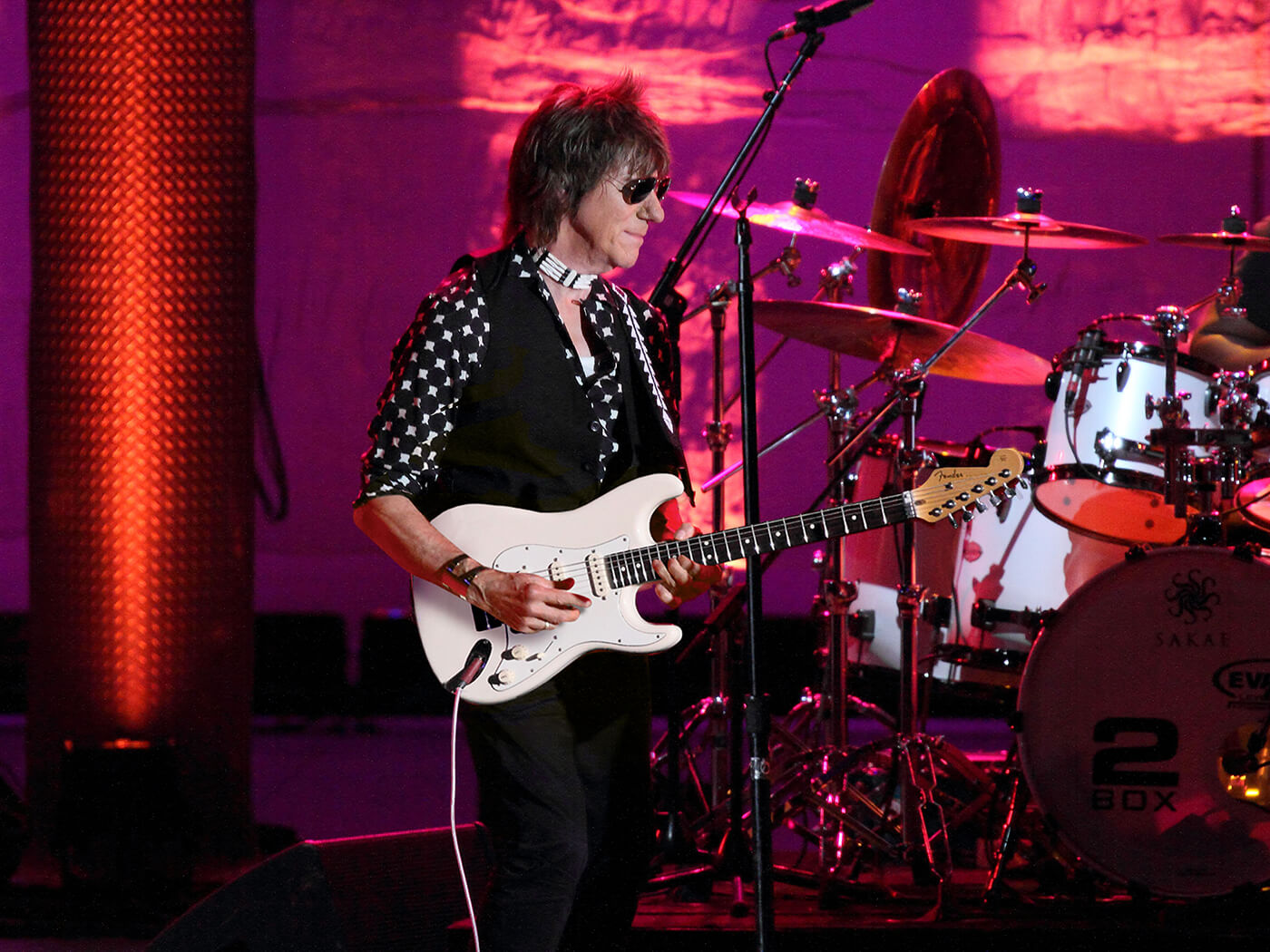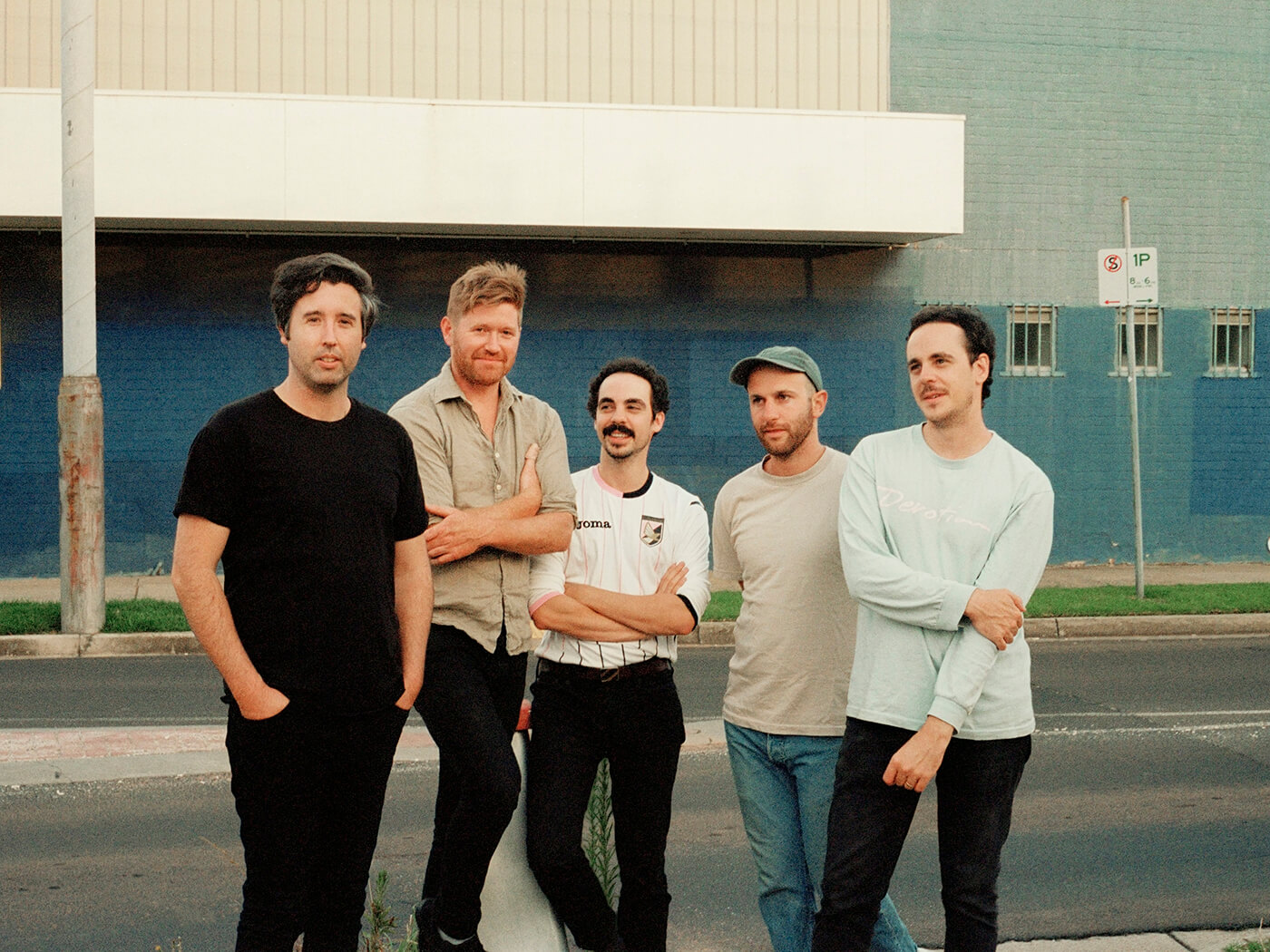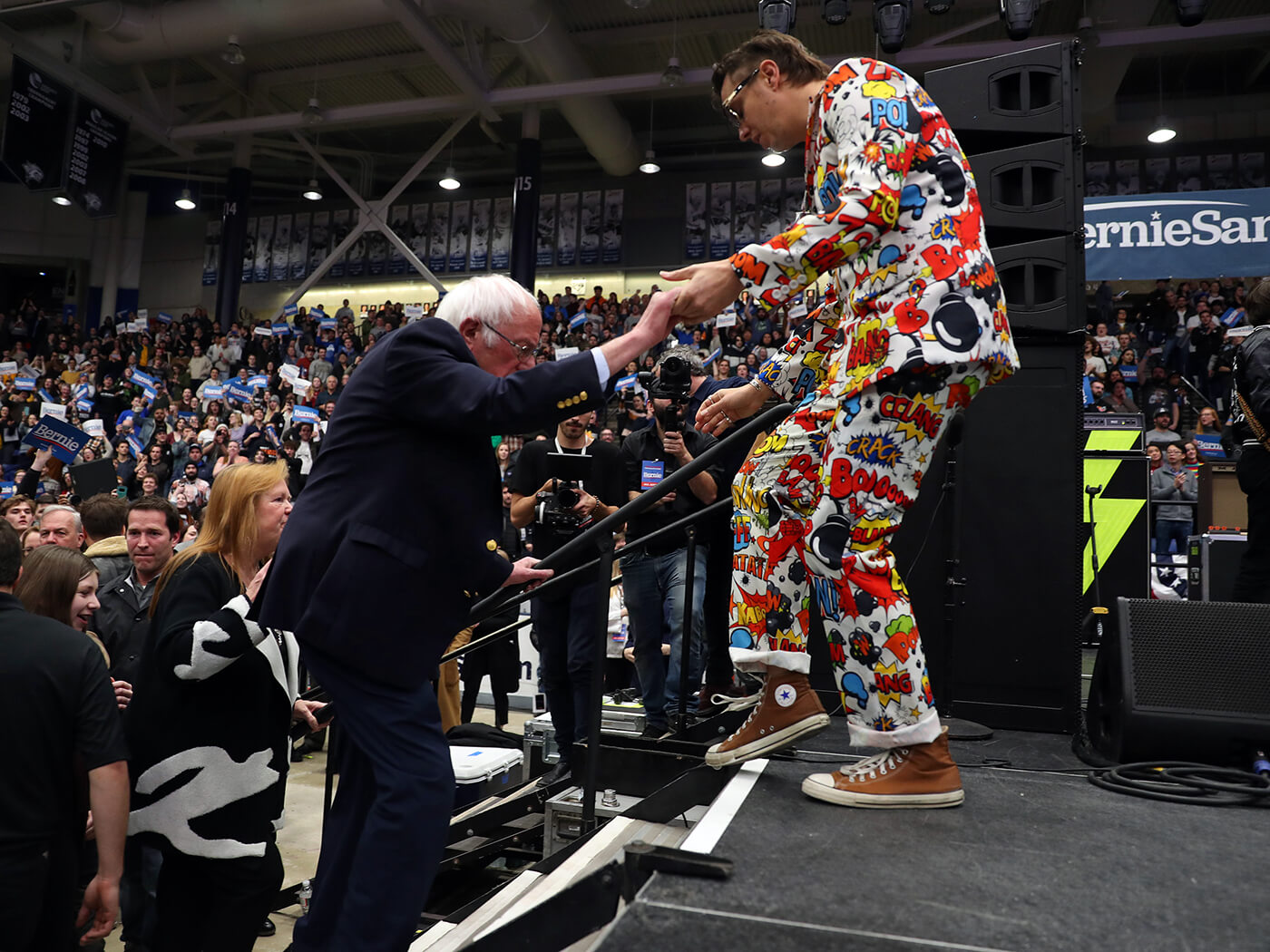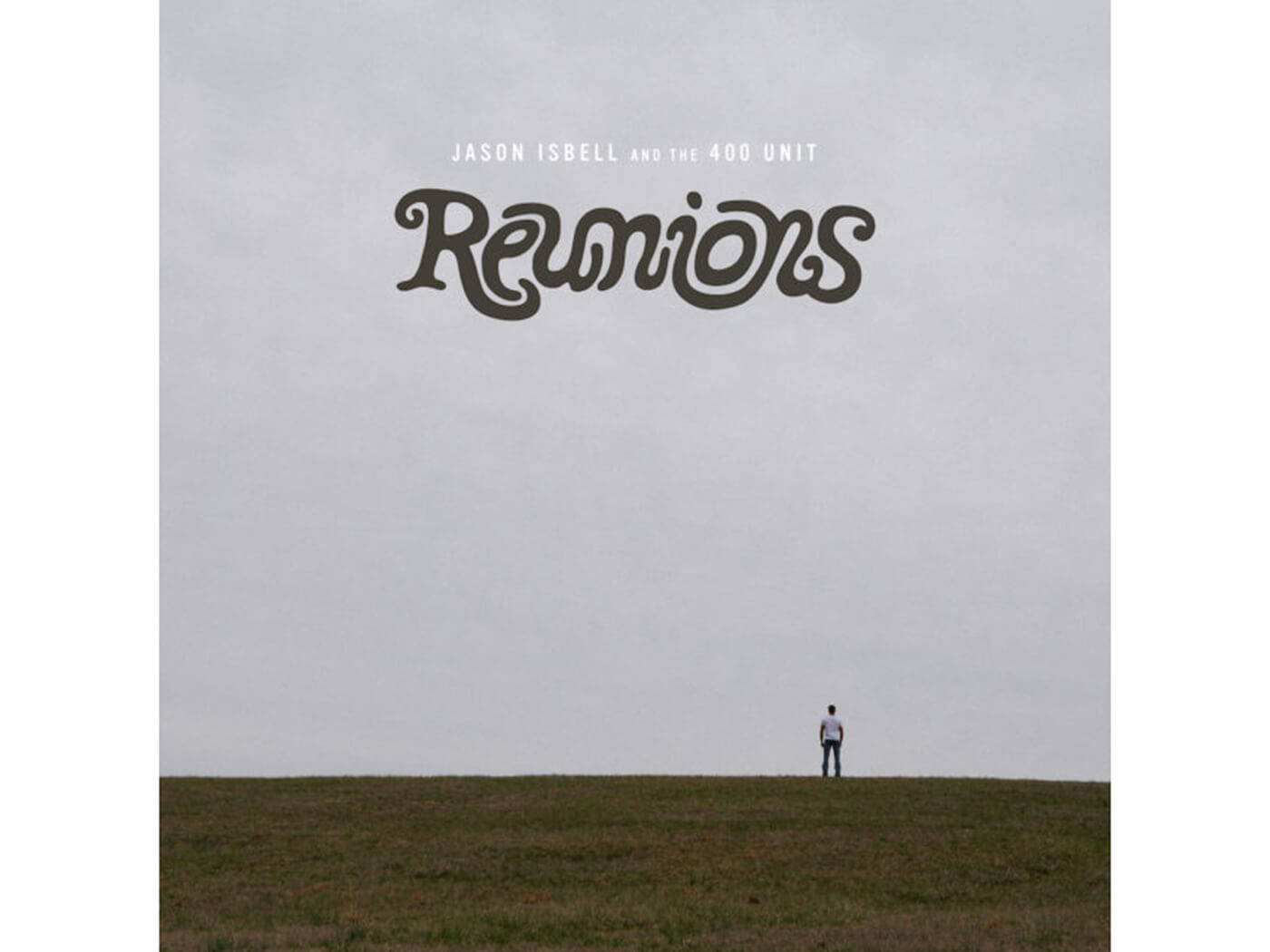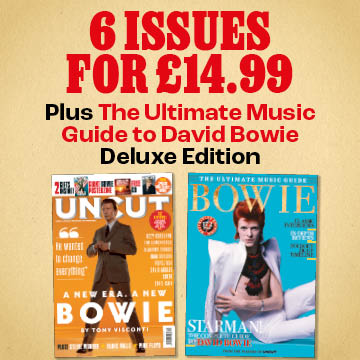By way of tribute to Andrew Weatherall, whose death was confirmed earlier today, I thought I’d post my interview with him for our Audience With… feature, from Uncut’s Take 247. It’s a predictably whimsical, meandering trip through Andrew’s mind.
++++++++
Andrew Weatherall is describing the view from his front window. “I live in the grounds of what was once a Victorian workhouse, then a psychiatric institution. I have a wonderful view of Tower Hamlets Cemetery Park. At 54 years old, it’s lovely to have this constant reminder of one’s own mortality – and a view, too!”
A conversation with Weatherall is typically circuitous, full of esoteric information. A question about his early musical inclinations – “1950s rock’n’roll, punk and disco” – morphs into a lengthy anecdote involving Malcolm McLaren, Jerry Lee Lewis and Survivor single “Eye Of The Tiger”. Weatherall’s own career has followed a similarly meandering route, from his early days as a pioneering acid house DJ through to his fabled remixes for Primal Scream, Happy Mondays and many more, to his own recordings under a variety of guides including Sabres Of Paradise and Two Lone Swordsmen. His latest LP, Qualia, released under his own name, is titled after one of his current interests. “It’s a term for the psychology of subjective experience,” he explains. And with that, he’s off on another one of his marvelous digressions, this one involving the the Sex Pistols at the Free Trade Hall and the colour red.
Do you have an insight into the enduring appeal of dance music?
Christine Clarke, Notts
It’s the enduring appeal of transcendent experience, which has been with us for 200,000 years. A room, coloured lights, smoke and music? Over to you, Roman Catholics. There are ancient Greek rituals involving herbal drugs to achieve transcendence. People were having transcendent experiences in 1940s dancehalls, dancing to a big band; now we do it with drum machines and electronic technology – it’s the same concept. Humanity hasn’t changed for 100,000 years, but our technology has.
What did you hear in Primal Scream’s “I’m Losing More Than I’ll Ever Have” that everyone else missed at the time?
Sean Young, Glasgow
I just love a good ballad. There are certain chord progressions I respond to. The first time I played “Loaded” was at a Scream gig at Subterania. The audience was half the Scream’s indie audience and the other half was the burgeoning acid house crowd. I played it and everyone started doing those “Sympathy For The Devil” style “Whoo whoo” chants. Andrew Innes told me later that all the staunch indie kids were disgusted, while the acid house kids thought it was a proto-anthem. It still happens to this day. I remixed Noel Gallagher a couple of years ago. I don’t follow chat rooms, but a friend told me that people on a Gallagher site were saying, “What’s this disco shit?” Then all the people in the techno chat rooms were saying, “What’s he remixing that wanker for?” I’ve been carrying on a tradition of divisiveness for 25 years!
You’ve always had a keen eye for clothes – how would you describe your current look?
Marc Ripley, London
At the moment it’s a bit Jack London, The People Of The Abyss. I’ve just come to shore and traded in my posh clothes for something a bit more workwear. The beard’s coming back, I’m growing my hair. I’ve become a bit obsessed with the late-’50s Hells Angels look, when it was still rock’n’roll. Irving Penn did some great silver gelatin pictures of Angels. My dad was obsessed with clothes, and I’ve always been obsessed with style, not fashion. If you can find a photo of me wearing a Boxfresh Anthrax T-shirt tucked into
my jeans with a bandana on from 1985, that’s a fucking shocker.
What’s your view on the current trend for re-recording dance music classics with a classical orchestra?
Phil Mason, Kent
I have a problem with it, ’cos the suggestion is that having an orchestra do it somehow makes it a more serious work. It doesn’t need to be validated – its cultural impact is enough. A friend of mine got quite angry about it recently, and I said, “Don’t get upset! It’s James Last for the 21st century.” But I had mixed emotions because someone did an orchestral version of “Smokebelch”. I was a bit conflicted because my ego was slightly stroked, but my artistic sensibilities were rankled. But there are worst evils in the world than light entertainment to be worried about.
Do the drugs work?
Iain McRae, Perth
I used to be quite an enthusiastic lysergic adventurer. Around late ’87, ’88, a load of us set off in a traveller’s bus for Silbury Hill. We took acid and sat on top of the hill. I don’t know how, but I ended up wearing a monk’s robe and I had a shepherd’s crook. Every time I raised the crook in triumphant psychedelic wonderment, thunder or lightning would occur. There was a storm going on somewhere. So there I am, on a 2,000-year-old ceremonial mound, connecting with people who’d done that very thing 2,000 years ago on mushrooms or some potion. So when I came down – literally and metaphorically – I couldn’t think of anything more psychedelic. It opened a gateway and if I carried on, the next stop would probably be a secure institution. I never had a bad trip, but I’d have the mother of bad trips if I ever took LSD again. I’ve been known to smoke heroic amounts of pot, though.
I want to know the story behind One Dove. What happened? Why was there no follow-up?
Sam Jones, London
Put them in the file marked, ‘They should have been massive!’ It was a combination of procrastination and bad management. The first time I met Dorothy Allison, I was playing in Rimini. The doors of this club opened directly onto the beach. About 8am, the owner said, “Come on, we’re taking the boat out.” There were about 20 people, including Dot, who introduced herself to me, then sang to me while we cruised the ocean. I’d consumed quite a lot of Ecstasy, so I was having a lovely time! When we got back to shore, it was 11am and the beach was full of Italian families. I had long hair, I was covered in tattoos and I’d been at it for 24 hours, and as I came out of the water, people were literally pulling their children out of the way!
What was your worst day job?
Margaret Ford, Manchester
I worked for as a van boy for a laundry in Windsor. We collected dirty linen from all the swanky London hotels. You’d pick stuff up and shake out the maggots and the human excreta. I also worked at Windsor Safari Park, cutting grass. We were on this bank with scythes one day. I took a swipe, bent down and felt something go over my head. I looked up and the guy on the bank looked like he’d seen a ghost. He just pointed. Behind me, there was a post with his scythe still quivering in the wood. It couldn’t have been more comedy if it had gone “Boi-oi-oi-oing!” So, yeah, I’ve had near-death experiences and maggots.
What was it like being a vocalist in a post-punk band?
Martyn Cavanagh, Copenhagen=
Someone recently posted a picture on Facebook of me from that time, the early ’80s. I had a bleached Hitler Youth hairdo, a Bundeswehr vest and big shorts – a look very much favoured by Theatre Of Hate. Our claim to fame was supporting The Dancing Did at Windsor Arts Centre. We were the Berkshire regional semi-finalists in the A Certain Ratio- impersonating competition of 1980, ’81. I was in the sixth form doing art, so I had the Kafka thrust into my greatcoat pocket and all that.
What’s the best piece of advice Bobby Gillespie ever gave you?
Terry Lloyd, Hove
I hate it to be drug-related, but it’s also a wider metaphor for life. We were out and someone brought out the coke. He said, “You know what the best thing is about cocaine? The walk to the toilet.” That extends to everything. The expectation and the journey are nine times out of 10 more exciting than the experience itself. To have that whispered in your ear in a heavy Glaswegian accent while you’re on your way to the toilet to do a line of coke was quite a thing.
Why don’t you have a Facebook page?
Mark Bailey, via email
I’m not anti-technology, but I’m not in thrall to it. We live in a world where every minute is documented, so there’s not so much room to mythologise anything. When I was growing up, I loved Martin Hannett and Adrian Sherwood, they were mythical creatures, and I didn’t even know what they looked like. But now when you investigate a band, you can see a picture of what the fucking drummer had for lunch.
Which of your early gigs back in the ’80s is most memorable?
Nick Warren
The first gig I can remember was 1984, ’85, at a place called Queens that later became an acid house club. They knew I had a big record collection and they booked me to play. I thought I’d make my mark. I put the smoke machine on full-knacker and played the theme song to 633 Squadron as my opening track. People were running around the dancefloor with their arms outstretched, doing airplane impressions. The smoke parted and I saw the manager coming towards me. He just said, “Fuck off.” Then he chucked me off the decks.
What was the first record that switched you onto music?
Paul Dyett, Crystal Palace
Terry Jacks, “Seasons In The Sun”. I was only about 10. Little did I know it was a cover of a Jacques Brel death song called “Le Moribund”! It sounded so otherworldly; reverb always sounds ghostly. It was that and the soundtrack to That’ll Be The Day. For me, growing up, music was an escape. I had a very nice upbringing, but it was dull – so music was my way out. I thought, ‘Why limit your escape route?’ if I were in Stalag Luft, I’d have had about five tunnels on the go. Sometimes I envy purists, to have that singular vision where they’re only into Northern Soul or indie. But then, history has shown us that blind faith has never been very good for the human race.
There’s a great sample on your remix of St Etienne’s “Only Love Can Break Your Heart”: “The DJ eases a spliff from his lyrical lips and smilingly orders ’Cease!’” Where is that from?
Siobhan Yates, Cardiff
It’s a Jamaican poet called Jean Binta Breeze. As samples go, it’s a beauty! The reason why some of those early remixes still work is what Orson Welles called “the confidence of ignorance”. They’re not over-thought. The more technical and musical knowledge I’ve had, the more I’ve had to rein it in to maintain that naivety. That’s why people like them. They’re not arch. They’ve stood the test of time.




